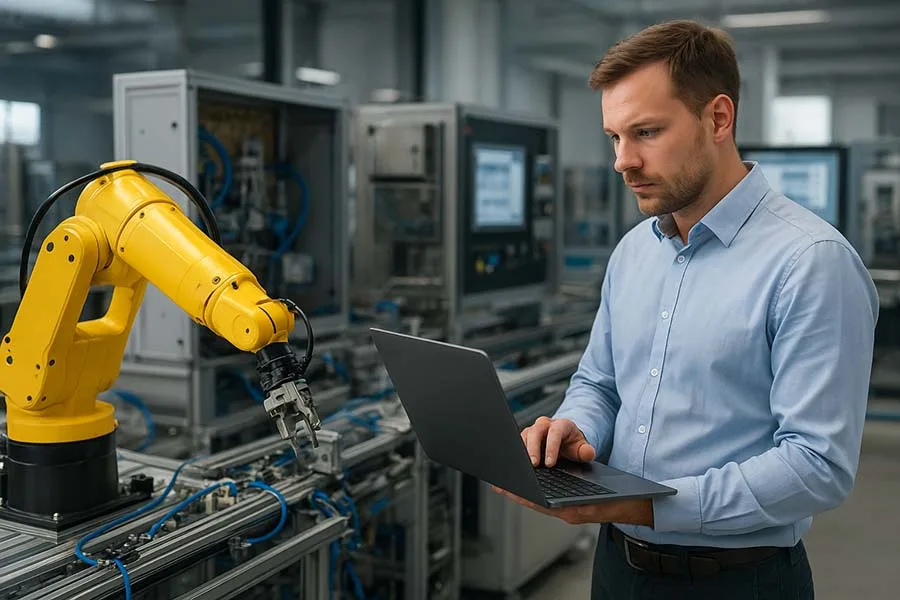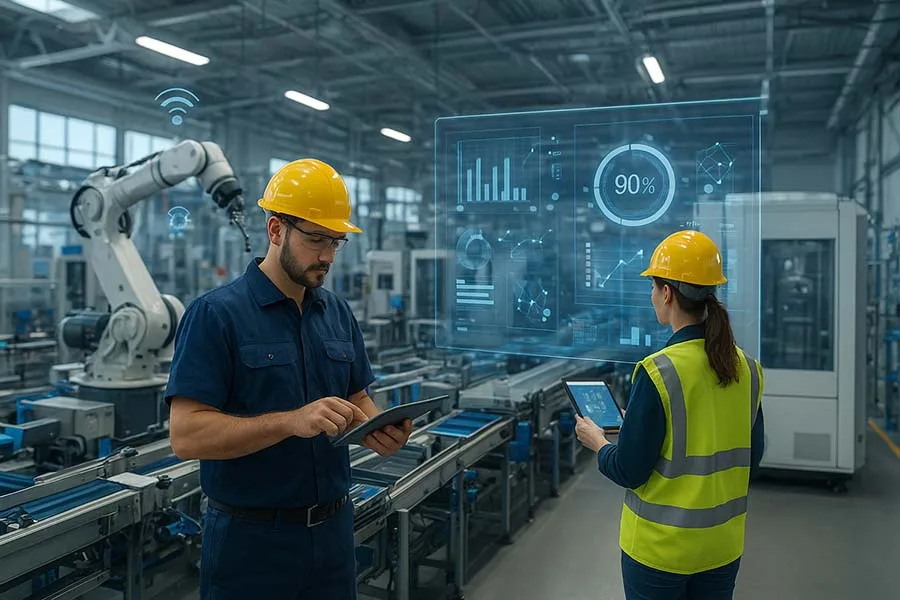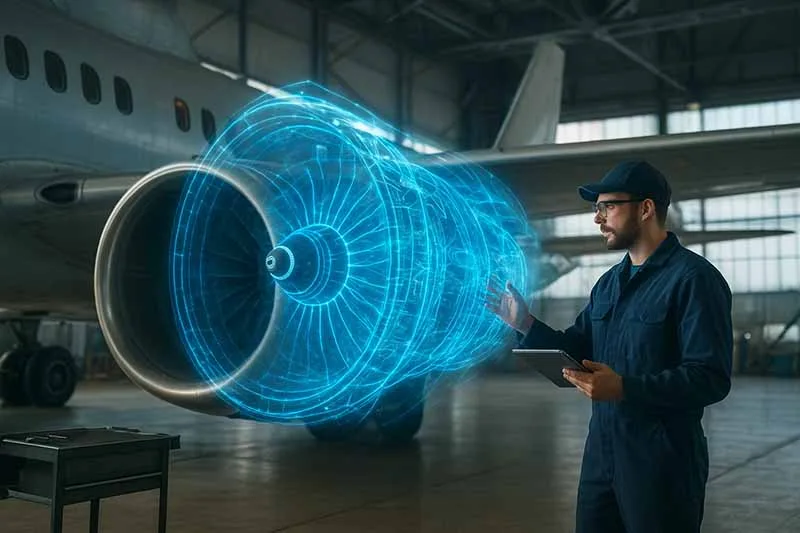Integration refers to the process of connecting different machines, platforms, and systems so they can work as one cohesive unit. Interoperability takes it a step further—ensuring those systems can understand and use the data exchanged, regardless of vendor, format, or age of the equipment.
Without these two foundations, the promise of Industry 4.0 collapses. Smart machines without integration are just islands of data; predictive AI without interoperability is just theory. The goal is a connected, intelligent, and adaptive manufacturing environment.
Key Components of Integration and Interoperability
- Standards and Protocols
- OPC-UA, MQTT, and other protocols provide a “common language” for machines and software.
- Standardization minimizes vendor lock-in and future-proofs systems.
- Middleware and APIs
- Middleware acts as the “translator” between systems, enabling smooth data flow.
- APIs allow scalable connections with enterprise software like ERP and MES.
- Edge-to-Cloud Connectivity
- Data must flow seamlessly from shop floor devices to the cloud and back.
- Real-time insights depend on fast, secure, and reliable connections.
- Legacy System Integration
- Many factories rely on older machines not built for digital connectivity.
- Retrofit solutions and IoT gateways bring them into the Industry 4.0 ecosystem.
Benefits of Integration and Interoperability
- Unified Data Environment – Instead of fragmented silos, decision-makers gain a single source of truth.
- Operational Efficiency – Processes run faster, with fewer errors and reduced manual intervention.
- Scalability and Flexibility – New technologies can be adopted without costly redesigns.
- Improved Collaboration – From suppliers to end-users, everyone benefits from connected systems.
- Innovation Enablement – Interoperability is what allows AI, digital twins, and IIoT to deliver their full potential.
Challenges to Overcome
- Vendor Fragmentation – Proprietary systems often resist integration.
- Cybersecurity Risks – More connections create more entry points for cyber threats.
- Cost of Retrofitting – Bringing legacy systems online can be resource-intensive.
- Complexity of Standards – Aligning on global protocols remains a challenge.
Real-World Applications
- Smart Supply Chains – Data flows across manufacturers, distributors, and retailers.
- Automotive Industry – Robots, vision systems, and quality control platforms integrate in real time.
- Pharmaceuticals – Seamless interoperability ensures compliance with strict regulations.
- Energy and Utilities – Smart grids rely on interoperable technologies for stability and efficiency.
The Road Ahead
As Industry 4.0 matures, interoperability will no longer be optional—it will be expected. Future standards will focus on plug-and-play compatibility, where systems integrate as effortlessly as connecting a USB device. For businesses, the message is clear: embrace open architectures and standardized frameworks today to avoid costly lock-in tomorrow.
Further Read
- Core Foundations of Industry 4.0: The Tech Stack Explained
- Industrial Internet of Things (IIoT): Connecting Machines, Data, and People
- Digital Twin Technology: From Concept to Real-World Applications
- Robotics and Automation: The Heart of Smart Manufacturing
- Artificial Intelligence (AI) and Machine Learning: Smarter Manufacturing
- Augmented Reality (AR) and Virtual Reality (VR): The Human-Tech Interface
- Data Analytics and Cloud Computing in Industry 4.0
- Cybersecurity in Industry 4.0: Protecting the Smart Factory
- Integration and Interoperability in Industry 4.0
- Benefits of Understanding the Core Foundations: People, Processes, and Technology
- Challenges and Barriers in Industry 4.0: Overcoming the Roadblocks to Smart Manufacturing
- The Future of Manufacturing: Towards Industry 5.0





